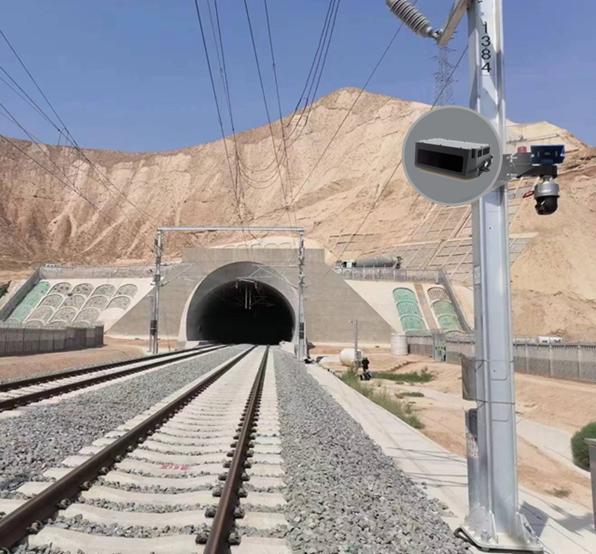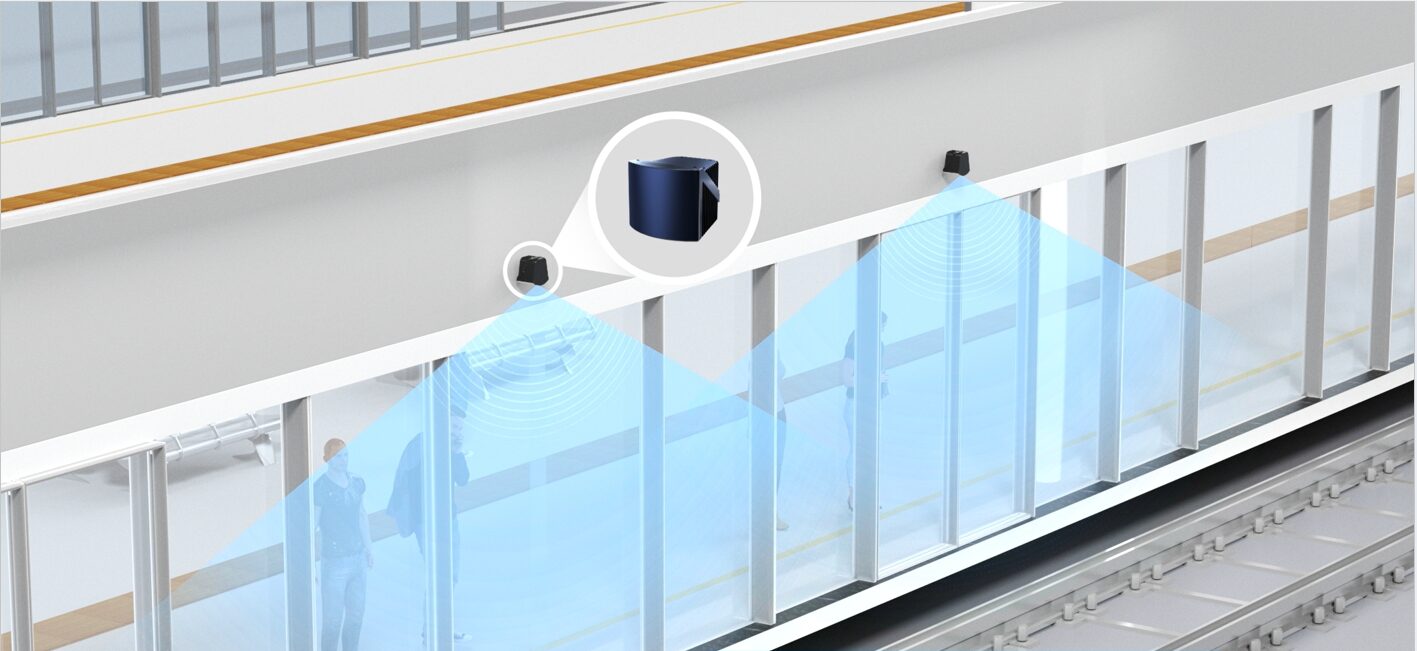
Rail
Strengthening the Lifeline of Rail Transit Operations
Traditional rail transit safety measures mainly rely on physical barriers and security personnel. In recent years, emerging monitoring methods such as electronic fences and intelligent video surveillance still have limitations such as short monitoring distance and high false alarm/missed detection rates.
Seyond’s rail solution is based on high-performance image-grade LiDAR. It provides long-range, high-precision, all-weather, stable, and reliable monitoring. It supports deep learning algorithms for fast and accurate target perception, ensuring higher detection rates, lower false alarm rates, thus strengthening the lifeline of rail transit operations.
Competitive Advantages


Proactive Detection
Installed on the train, the LiDAR can monitor of the track in front and surrounding area, ensuring the detection and recognition of objects and people infringing the safe braking range etc.; It differentiates the warning levels for sudden deceleration of the vehicle ahead and safe distance, assisting the driver or autonomous driving train to brake for safety.

Trackside Boundary Intrusion Monitoring
Deployed on high-risk areas (mountain roads, public-rail overpasses, tunnel entrances, etc.), the LiDAR can identify obstacles threatening driving safety within the track limit, including geological disasters (landslides, falling rocks, landslides, etc.) or man-made reasons (throwing objects, abnormal<br>human/animal stay on tracks, etc.) and natural causes (wind rolling large debris, etc.), assisting operation safety.

Gap Detection between Metro Train and Platform Screen Door
Deployed above the platform screen doors in subway stations, the LiDAR can detect people and foreign objects in the gap between the platform screen door and the metro train, timely trigger alarms, effectively preventing incidents such as passengers’ belongings getting caught or passengers being pinched, ensuring efficient and safe operation of the subway.
Ready to learn more?